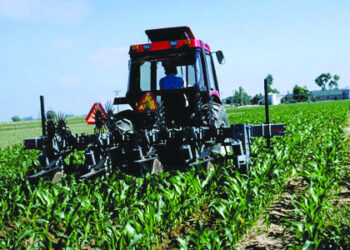In Ghana, yam cultivation is primarily carried out by smallholder farmers. The country now controls 24 percent of the USD 200million global export market, growing its export value from USD38.5million in 2018 to USD48.2million in 2021.
Yam is a staple food in many Ghanaian households since it is used to make so many delicious traditional dishes. Using yam, you may quickly prepare a dish that goes well with stew, sauces, or soup. In addition, the cultivation and sale of this crop provide a living for many Ghanaians.
Yam is a starchy root vegetable that can be baked, roasted, boiled, mashed, or fried. There are many varieties of white yams in Ghana, but the most popular ones include Puna, Lariboko, Denteh (Punjo), Asana, and Araba. Others are Serwaa and Tilla. Here are our top 5 yam growing areas, which consistently make significant contributions to the expanding yam industry.
- Bono East, Bono, and the Ahafo regions, have an average annual total rainfall of 1,088 mm – 1,197 mm.
- Northern Region has good soil fertility which plays a significant role in production.
- Eastern Region has an area’s favourable geophysical qualities and climatic circumstances support intensive agricultural farming.
- Upper West soil and climate are also good for the cultivation of yam.
- Ashanti Region has rich arable soil. The area is one of the country’s forested regions, with annual rainfall ranging from 1,000 to 1,500 millimetres. This produces the perfect climatic environment for yam cultivation.
Yams require soil that is deep, loose, loamy, and rich in organic materials. It is better to plant them at the start of the rainy season. Yams should be planted between February and March in mounds or ridges using seed yams (small tubers or parts of larger ones) that have been stored for the upcoming planting season. Early maturing types can be harvested between 7 and 9 months after planting, and late maturing types can be harvested between 9 and 12 months.












